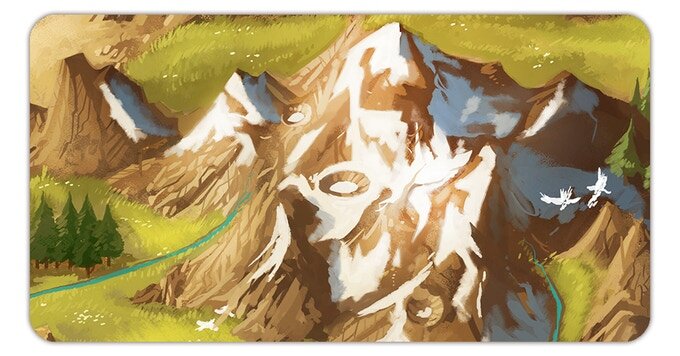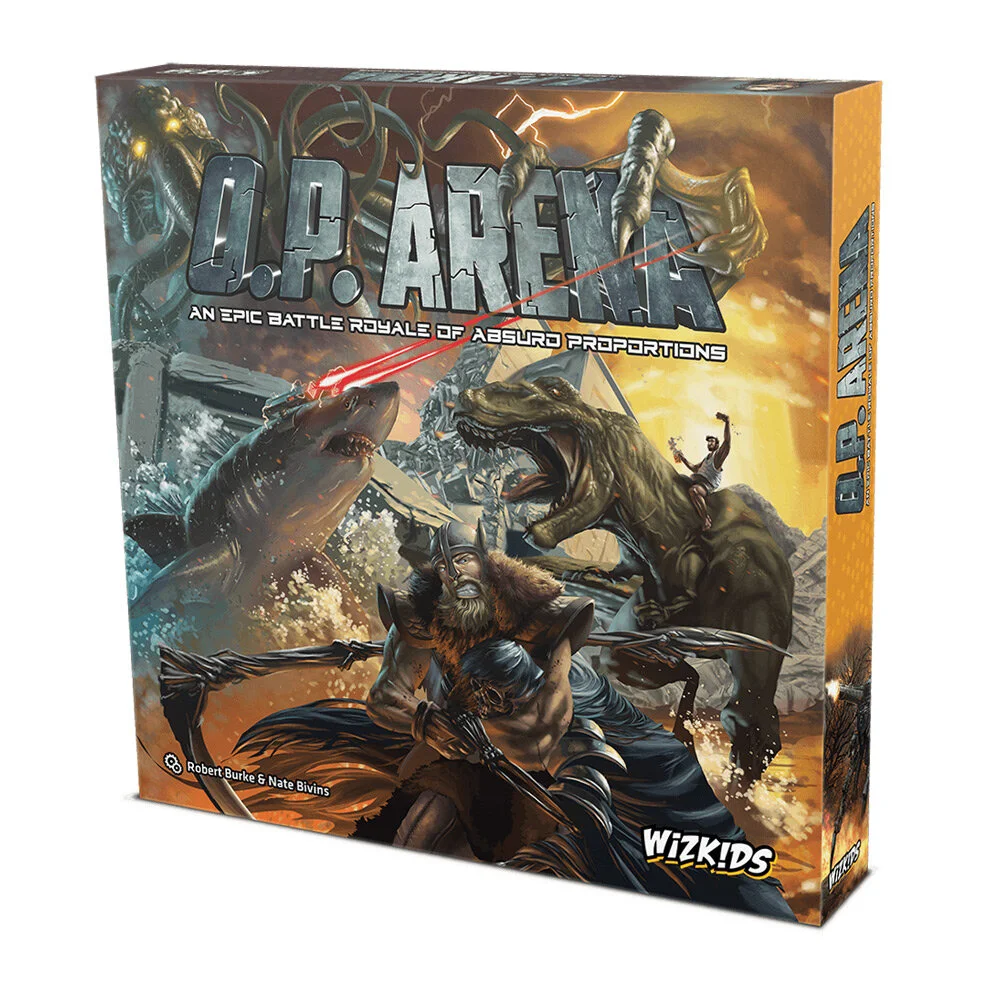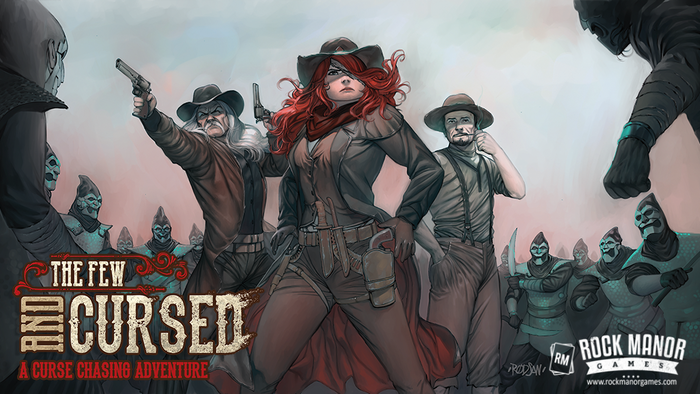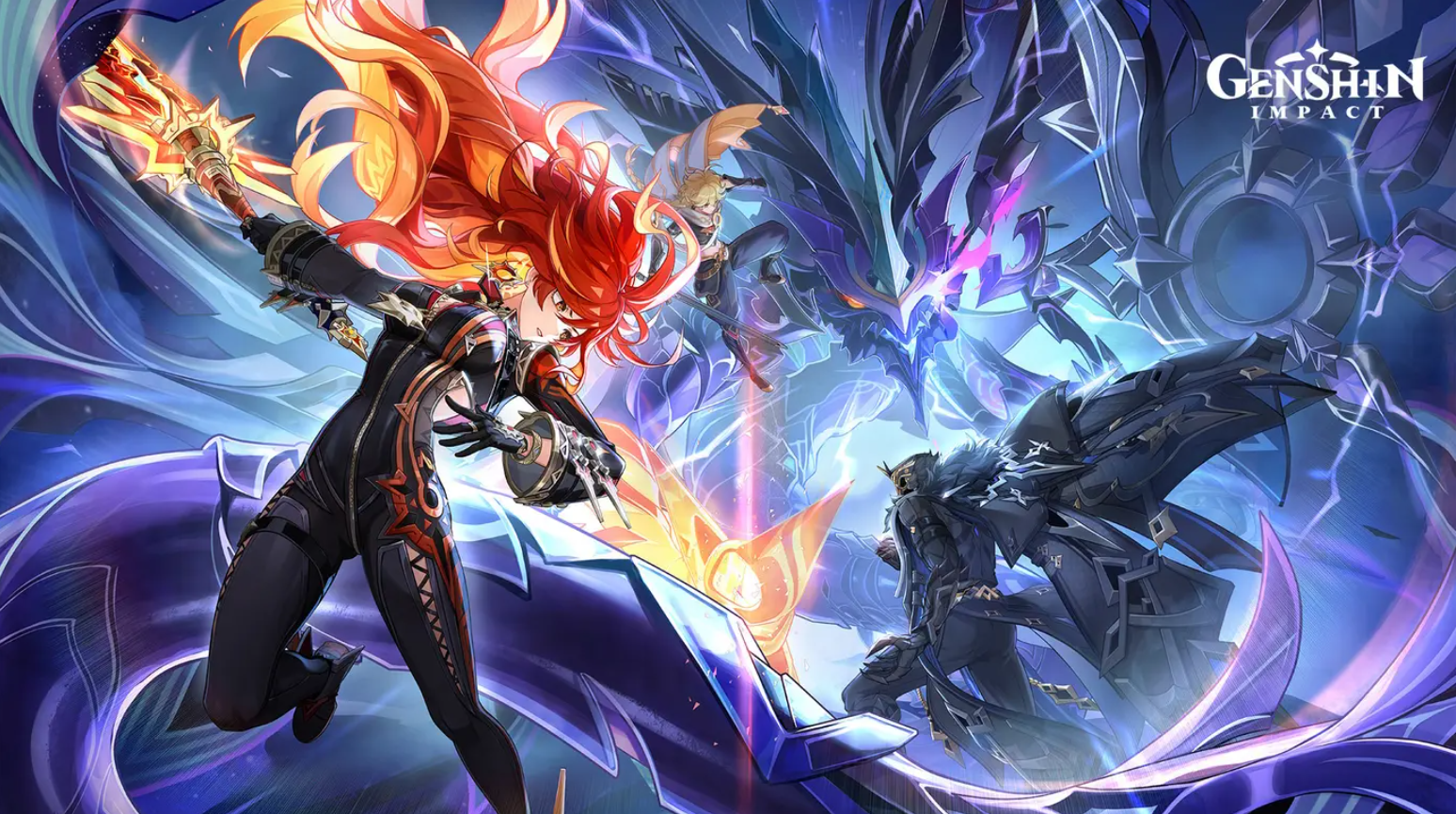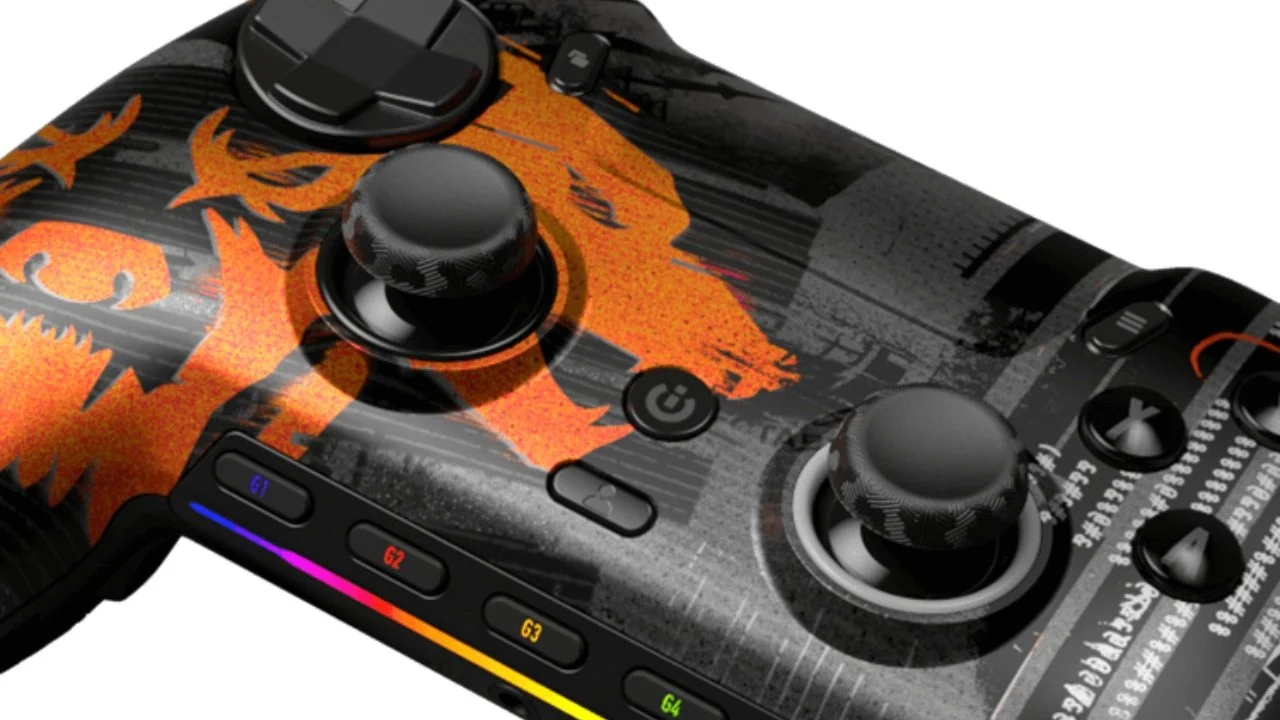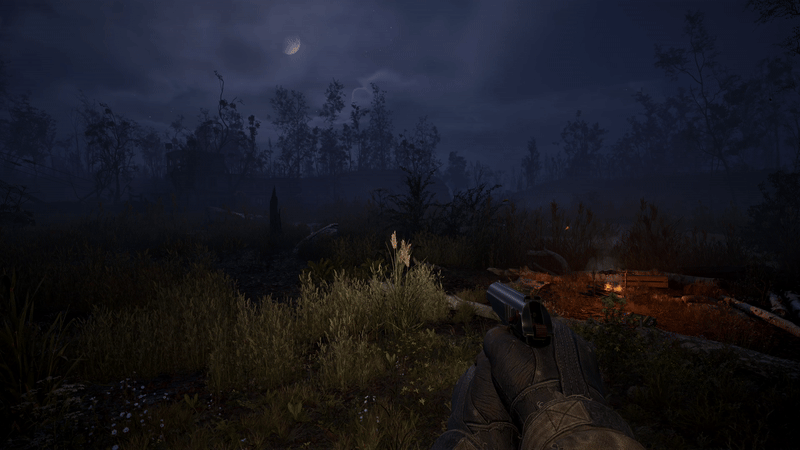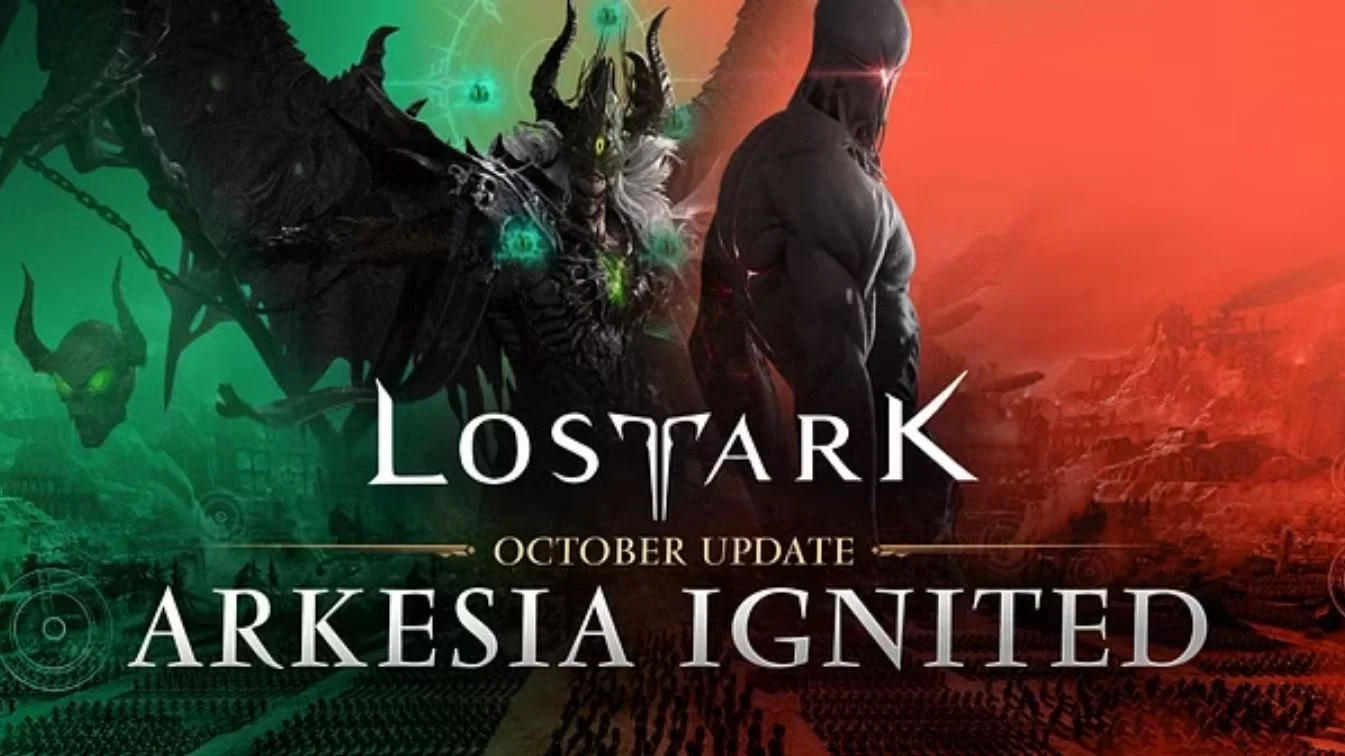Review copy provided by Red Raven Games
Roam is beautiful. But that’s expected when playing a board game developed by designer and artist Ryan Laukat.
The newest tabletop game from Red Raven Games features alluring landscapes, memorable characters, and enough interesting possibilities to survive the glut of board game releases and to stay on the shelf as a viable small-box adventure for friends and family.
Rules are easy to learn. Mechanics run smoothly. And the base game, completed without artifacts, reinforces the flow of play for any gamers unsure of what to do. Once you’ve mastered the strategy and style of the game, I don’t recommend you play without the artifacts, but more on that later.
It’s a game about area control, spatial puzzle-solving, card abilities, and momentum.
What makes Roam special? If the spellbinding art hasn’t captivated you yet, other elements in the game might interest you.
STORY
Welcome to Arzium, land of ancient civilizations, bizarre creatures, unexplained wonders, and vibrant characters. A great sleeping sickness has spread across the land, sending every type of creature to roam for hundreds of miles in a dazed, incoherent march. It's your job to seek them out and wake them from their sleepwalk, recruiting them to help you find even more lost souls!
Arzium might sound familiar, and it should to gamers familiar with Ryan Laukat and his other tabletop creations. The magical land is the setting of Above and Below, Near and Far, and more adventures from Red Raven Games.
The journey will take travelers through lush biomes and desolate plains. And diverse creatures and characters along the way will create a narrative for any who step foot in Roam.
But the narrative is not a foundational pillar in the game, and it merely connects the world of Roam to the other stories in Arzium. It’s an excuse to revel in the artistry and the otherworldly imaginings of Ryan Laukat.
GAMEPLAY
Roam is immensely approachable. The rulebook is less than twenty pages, and much of that is filled with illustrations and example play. The small pamphlet can be read quickly, and there’s little chance that players will have questions.
It’s easy to learn, and just as easy to teach. Within ten minutes, players can understand the core mechanics. And the inclusion of artifacts does not complicate the rules of Roam. It just deepens the possibilities and improves the gameplay.
Six land cards are placed on the table, and one to four players set up on one of the four edges of the map. That will ensure each has a different orientation when placing markers on the map. Players start with three identical character cards that have the same pattern of movement. On each turn, the active player will flip one of the characters face down to resolve their movement on the land cards and place markers down corresponding to the pattern of the card used.
Each of the six land cards has six tiles available for markers. When all six have been filled, the player with the most markers on that card claims it, flips it to the character side, and adds it to his collection for use throughout the rest of the game. Bidding occurs if two players possess an equal number of markers on the card.
Play continues until one player has ten of the character cards, including the starting three, and then everyone tallies up the victory points on the cards and artifacts to determine the winner.
The map features blank tiles and tiles with gold coins. Collecting coins is important because currency is used in a variety of actions. To refresh character cards that are face down, to utilize “blank” spaces on character cards, to bid on land cards in the event of a tie, and to purchase artifacts.
Which brings us to artifacts. When reading the rulebook, there is a distinction between the base game and the full game. The base game involves the cards, the markers, and the coins. The artifacts are designed to be implemented once players feel comfortable with the game. But Roam would not be as interesting without the addition, and I don’t recommend playing without them.
Other than competing for space on the land cards, players are executing linear actions with little intervention or disruption. Artifacts alter the status quo. Two of the abilities involve coins. One manipulates the angle of player movement patterns. Two of them either remove or relocate markers on the map. And one of them adjusts character cards.
Without artifacts, Roam could become repetitive. It could lose its appeal for some gamers. And it still might if you prefer a heavier dose of strategy and complexity in board games. But with these final components, there is enough variability in Roam to create an engaging gameplay experience.
VISUALS
Ryan Laukat has created a universe with breathtaking visuals, and he’s continued that story with Roam. Fans can even purchase art prints of his work. The land of Arzium is evocative and inviting.
The color palette of Roam looks like dawn in a magical world. Sunny oranges, bright yellows. Verdant greens. The cards feature landscapes on one side and characters on the other. And each side is beautiful.
Red Raven Games knows how to make something that glimmers from the shelf. And the components are all high-quality pieces that will last many rounds at the table.
REPLAYABILITY
Where you sit around the map determines your orientation to the board, and who you play with will decide the atmosphere at the game table, so replay value is hard to predict. Roam is a quick strategy game that can be played as much or as little as you want. I’ll likely not pull it out every time friends come over to play a board game, but it appeals to a wide variety of players. Young kids that want to play with the adults can easily digest the straightforward rules. Gamers wary of thick rulebooks and labyrinthine mechanics will feel at ease in the peaceful world of Arzium. Roam is a game where preference will factor into the frequency of play.
WHAT IT COULD HAVE DONE BETTER
The artifacts are a vital aspect of Roam, but there isn’t enough depth. The game contains 24 artifact tiles, but there are only six abilities. To guarantee that players will discover new ways to play and to strategize, there should be more ways to manipulate actions and the state of the map.
Stealing coins from other players. More alterations to movement patterns. Combining character cards to create larger marker placements. Destroying opponents’ artifacts. More flexibility in the powers of the artifacts could provide a surge of energy in a game that’s sometimes flagging.
VERDICT
Players who crave dense strategy, complex maneuverings, and other aspects of meatier games might be disappointed. But where some perceive scarcity, others might perceive minimalism. Roam is a relaxed journey through a vibrant land, and it possesses enough interesting mechanics to persuade the hesitant or casual gamer. And other players might enjoy Roam as a palate cleanser between more intensive tabletop experiences.
If you like Ryan Laukat, if you like vivid artistry, and if you like a simple board game adventure, then stroll over to the table and play Roam.


